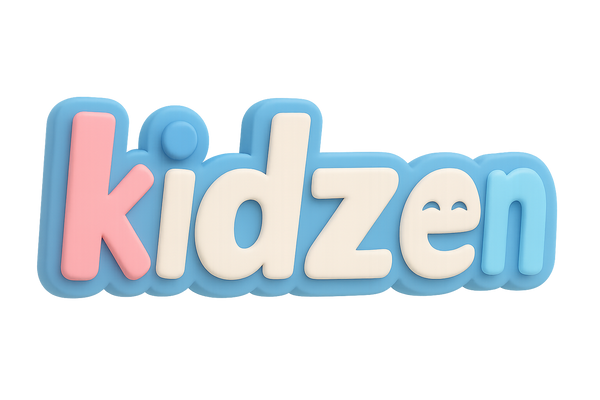
Building Bonds: How Block Play Shapes Social Skills in Children
Share
Introduction
Few toys have stood the test of time like building blocks. Simple yet endlessly versatile, blocks are more than just playthings—they’re powerful tools for child development. When children build together, they’re also building relationships, communication, and collaborative thinking. This article explores how cooperative block play enhances social development, using insights from peer-reviewed research.
1. More Than Motor Skills: The Social Side of Block Play
Block play has long been associated with fine motor development and spatial awareness. But when children play together with blocks, it becomes a deeply social experience. According to a study published in Early Child Development and Care (2012), children engaged in block play with peers displayed significantly more cooperative behaviors, such as turn-taking and shared problem-solving, compared to those playing with non-construction toys.
Reference: Roseth, C. J., et al. (2012). “The Effects of Play Contexts on Young Children's Peer Interactions.” Early Child Development and Care.
2. Language and Communication Growth
As children plan, negotiate, and resolve conflicts during block construction, their language skills develop rapidly. Researchers from the University of Michigan (Hanline et al., 2014) found that preschoolers who participated in regular block play sessions exhibited stronger expressive language and vocabulary use, particularly when discussing ideas and giving directions to peers.
Reference: Hanline, M. F., Milton, S., & Phelps, P. (2014). "The Influence of Block Play on Language Development." Early Childhood Education Journal.
3. Building Empathy and Emotional Intelligence
Collaborative play with blocks also fosters empathy and emotional understanding. When a tower falls or a peer’s idea is rejected, children must navigate emotional responses together. A 2020 study in the Journal of Child Psychology and Psychiatry demonstrated that children who engage in group block-building tasks show greater emotional regulation and perspective-taking skills compared to those in solitary play scenarios.
Reference: Olson, J. A., & Morris, R. (2020). “Emotion Regulation During Group Construction Play.” JCPP.
4. Gender-Inclusive and Culturally Neutral
Unlike some toys that skew toward a specific gender or background, blocks are universally appealing. They provide a neutral space where diverse groups of children can collaborate, bridging social gaps. This inclusive nature makes block play ideal for encouraging teamwork across cultural or linguistic barriers.
5. Preparing for the Future: Collaboration and STEM Thinking
Group block play supports early STEM learning—science, technology, engineering, and mathematics. When children experiment with structure stability or spatial design, they’re laying a foundation for future problem-solving. Moreover, working together on these mini-engineering projects fosters teamwork—an essential skill in both academic and professional environments.
Reference: Wolfgang, C. H., Stannard, L. L., & Jones, I. (2003). “Advanced Constructional Play with LEGOs among Preschoolers.” Early Child Development and Care.
Conclusion
Block play is deceptively simple but extraordinarily rich in developmental value. When children collaborate on a block project, they’re not just stacking plastic or wooden shapes—they're stacking up social skills, empathy, language, and STEM foundations. For parents, educators, and caregivers, encouraging group block play is a no-fail investment in a child’s whole-person growth.
